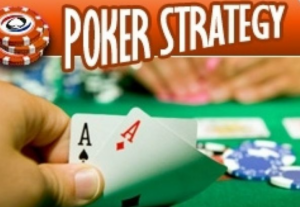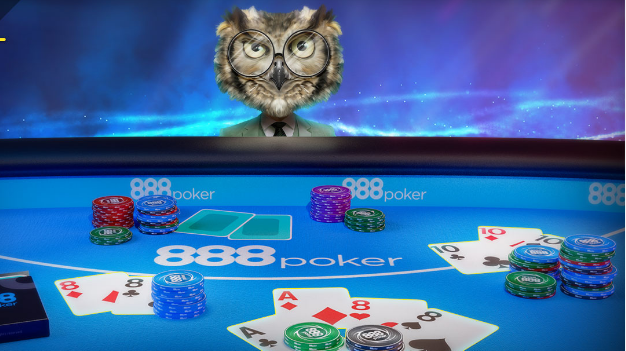Intermediate poker strategy should be known by all poker players. You’re ready to play real money poker at online casinos once you’ve mastered the fundamentals of the game, such as the rules and what constitutes a strong hand. On this page, we’ll go over some poker strategies and play patterns that will help you put the squeeze on your opponents and increase your chances of winning. While luck will play a role in any poker game, solid knowledge of acceptable poker strategy and theory is required to aspire to be a consistent winning poker player. The following are some of the requirements that one must master in order to be an honest poker player.
Small Pocket Pairs
Understanding how and when to play small pocket pairs may not appear to be an “intermediate poker strategy recommendation” substance, but a significant number of otherwise competent players make mistakes here. The more players who call without raising, the more confident you may be in playing the hand. You could even win before the flop! When you’re up against one or more re-raises, the pursuit of a small pocket pair must become less and less enticing.

intermediate poker strategy
Essential Poker Mathematics
Poker is a game of chance, math, and odds, so any poker player looking to improve their skills should focus on mastering essential poker mathematics such as pot odds, equity, and silent odds.
Fundamentals of the post-flop. Because the majority of the game is played after the flop, understanding sound poker strategy is critical to your long-term success. Knowing when to semi-bluff, bluff, value bet, or simply fold are a few things you should try to master.
Understanding Basic Player Types
The majority of poker skill sets can be classified into four types:
Loose – A player who does not need to view much of their hand in order to take part in a round.
Tight – According to where a player sits in the game, the players choose how tightly or loosely they will participate in a round.
Passive – These players rarely bluff and will only wager if they have managed to make or drawn a good hand, remaining neutral with other hands.
Aggressive – These are typically players who are content to raise and re-raise, or wager, on a frequent basis.
It’s worthwhile to consider which of these classifications (e.g., Loose-Aggressive, Tight-Passive) you fall into because it enables you to defy opposition that may be attempting to label you as a certain type of player.
Understand Variance in Intermediate Poker
To summarize, variance in poker refers to the ups and downs of the game. Much more specifically, it’s the distinction between individual short-run outcomes and thus the average set of long-run outcomes that we expect to visualize based on our acceptable judgment procedure. While refined arithmetic and applied math analysis are frequently used to justify variance and its associated outcomes, intermediate poker players should recognize that variance will have a significant impact on our win rate and bankroll, both completely and negatively. A poker player’s game and bankroll will suffer as a result of a lack of data and a willingness to accept variance. A lack of awareness and understanding of variance will harm one’s poker and bankroll. With variance, determining whether one is doing well or not is frequently difficult.
Semi-Bluff
There are semi-bluffs in addition to pure bluffs. A semi-bluff is represented by an indulgent or elevating drawing hand that will strengthen on subsequent rounds of indulgent. It is similar to a flush draw or open-ended straight draw. The semi-bluff serves two purposes. The first is to force our opponent to fold, while the second is to raise in anticipation of our draw. So, when we’re semi-bluffing, we’re generating an aggressive play. This is supported by the possibility of our opponent folding and our drawing hand equity.
Avoid Tilt in Poker
Tilt makes reference to the modified mental state that some poker players experience at the table. It is more clearly specified as an upset or infuriated emotional mental state while playing poker. When under stress, poker players will occasionally play badly and make poor decisions that they would normally avert. This can have serious emotional, financial, and even psychological implications for consistent poker players. The first step in preventing tilt is to become aware of your own behavioral and emotional indications. Do you get hot or agitated after a string of bad hands? Do you make rash decisions before carefully considering your opposition?
Conclusion
Because the majority of the game is played after the flop. Understanding sound poker techniques is critical to your long-term success. Knowing the time to value bet, bluff, semi-bluff, or merely fold is something you must strive to master.

